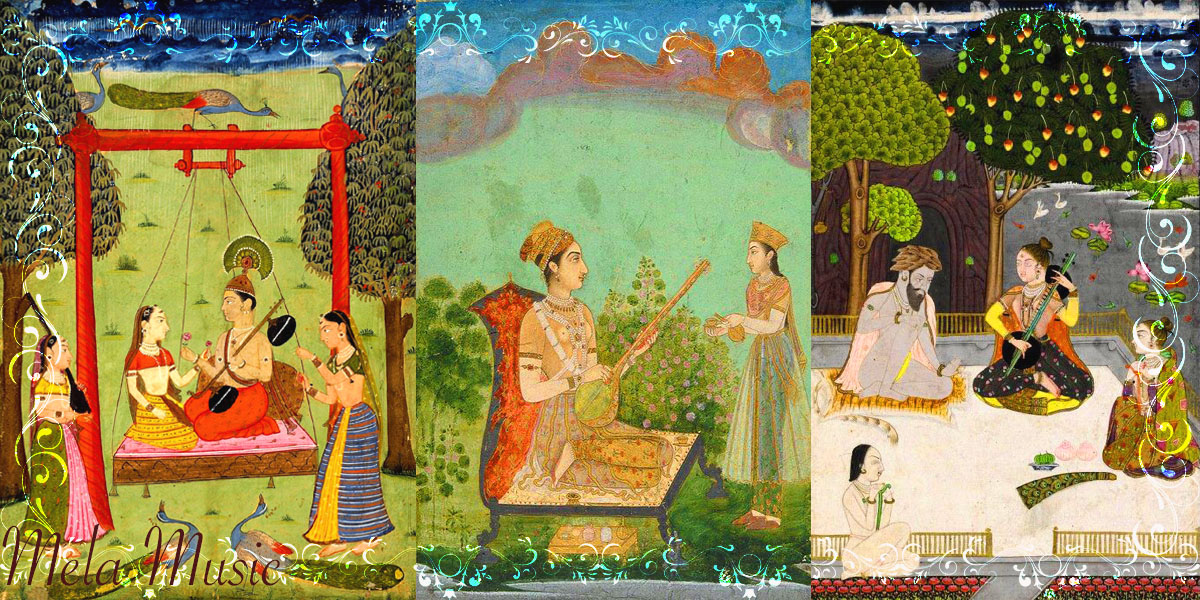
The term “gat” originates from the word “gati” and signifies “a manner of going.” It carries two distinct definitions. In the realm of melodic instrumental music, a gat refers to a composition structured with melody and bound by rhythm. It encompasses the common and special features of a raga, utilizing the specific notes and strokes (bols) associated with that particular raga. Initially, gats were derived from khayal and tarana compositions.
In instrumental music, two primary types of gats prevail. The first is Maseet Khani, characterized by a slower tempo set to the rhythmic cycle of teental. The second is Reza Khani, performed at a faster tempo within the framework of teental. Both types of gats typically incorporate the asthayee and antara sections found in a composition. Additionally, sometimes a middle stanza called manjha is included between the asthayee and antara sections, adding further depth and variation to the gat composition.
Gats are frequently composed using vocal compositions, drawing upon the exact bandish (lyrical composition) from vocal music. A gat will always feature at least two of the four components of a bandish and as with khayal, it usually omits the sanchari and abhog.
[1] Asthayee – The asthayee, which constitutes the initial section of both vocal and instrumental compositions, derives its name from the root verb “Sthaa,” meaning “to stay.” The term “Sthayee” serves as the noun form, signifying “that which is stable,” and from it emerges the dialectic form known as “Asthayee.” The essence of “stability” lies in the alignment of raga music with the lyrical content. Typically, the asthayee spans from the tonic SA, ascending up to the Nishad (NI) of the middle octave, and then returns to the tonic, serving as an announcement for the subsequent antara section.
[2] Antara – In both vocal and instrumental compositions, the antara signifies the second and often concluding part. Its name is derived from the root word “antar,” meaning “difference.” As the name suggests, it brings about a distinction from the asthayee section. The antara spans across the middle notes of the middle octave and extends towards the higher octave. However, it ultimately returns to the tonic SA, creating a pathway for the reemergence of the asthayee section once again.
Content Provided By: Sangeetpedia
